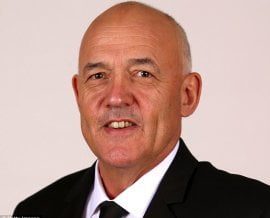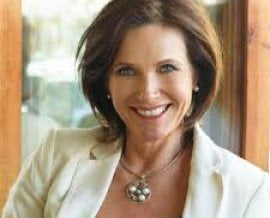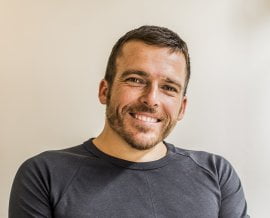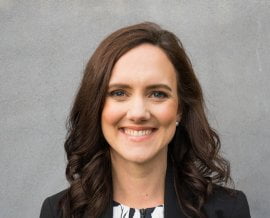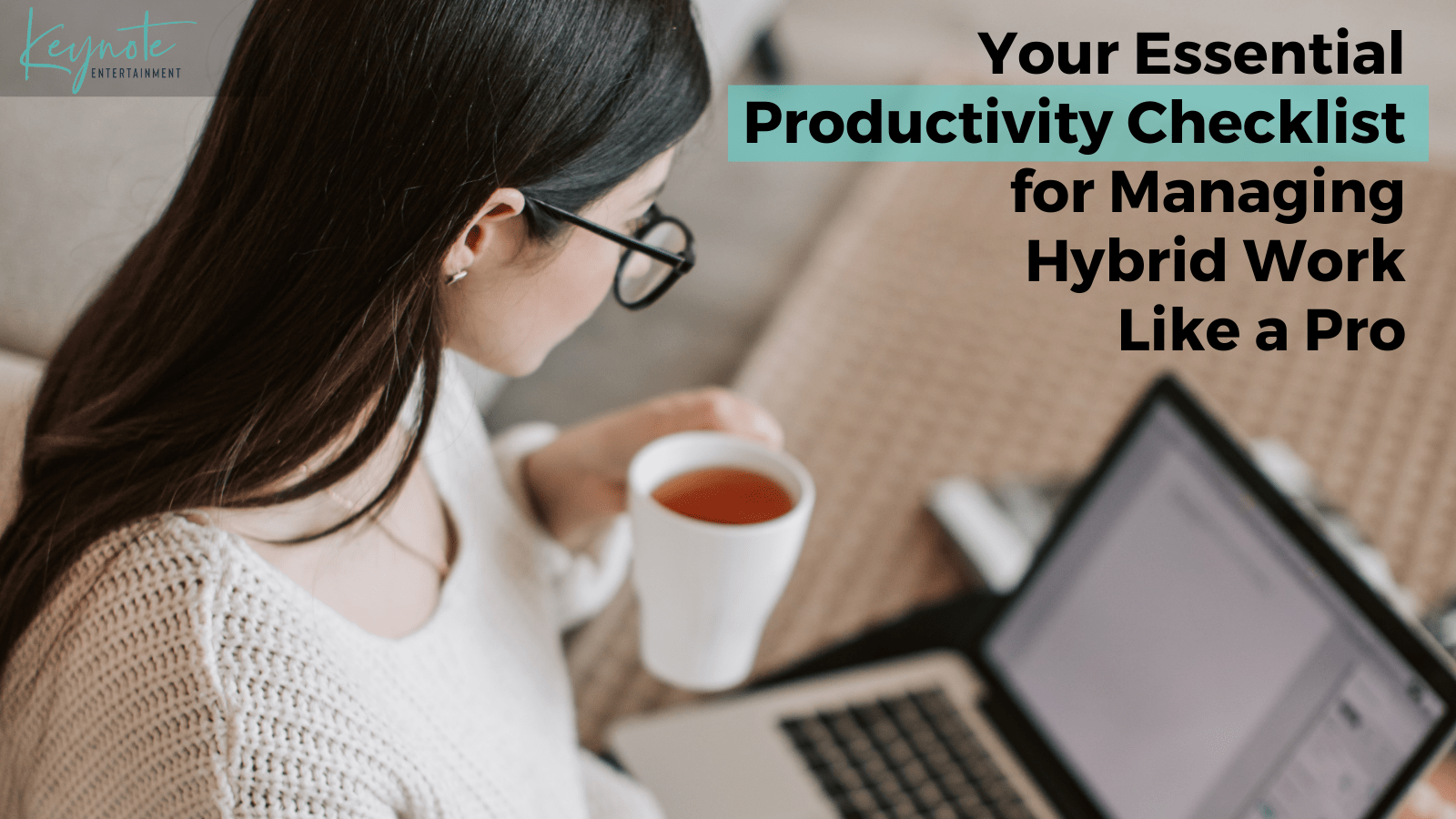
“You don’t get paid for the hour, you get paid for the value you bring to the hour.” – Jim Rohn
Though the idea of 9-5, Monday-Friday seems destined to be relegated to the rear-view mirror, there’s no doubt that the post-pandemic office recall has begun. Workers are dusting off their office finery, topping up their train cards and preparing once again for peak hour pandemonium. But don’t pack away the Ugg boots just yet. Thanks to the success of the covid remote work mandate, and much to the delight of many, it looks like hybrid workplaces are the way of the future. To help you manage the transition like a pro, we’ve got your essential productivity checklist covered – follow this, and you can have your cake and eat it too. Whenever and wherever you like!
Results of the world’s largest work from home experiment, otherwise known as Covid-19, showed that flexible work arrangements can be a resounding success.
Recent research conducted by Deloitte Access Economics found that businesses that have adopted hybrid work have 6 per cent higher income, are 22 per cent more likely to see higher productivity and are 28 per cent more likely to be innovative than those without hybrid work policies. They also show improved customer service and more engaged employees. That’s excellent news for businesses, because the fact is, employees have had a taste of remote work and they’re keen for more.
The Australian Government’s WGEA study found that an astounding 92% of employees want access to some form of flexible work arrangement as covid restrictions ease. In fact, the global EY 2021 Work Reimagined Employee Survey reports that 54 per cent of employees would actually consider leaving their job if they’re not afforded some flexibility post-pandemic.
Thankfully, it seems the majority of businesses are onboard the hybrid bandwagon, with nearly four in five employers surveyed in the WGEA study stating that they now have a formal flexible work policy or strategy in place. Michael McQueen, trend forecaster and best-selling author, believes that this shift to flexible workforces will see offices increasingly being used for specific purposes such as team building, collaboration and key meetings, and home offices being used for individual, focused work.
While the hybrid work model is still an evolving phenomenon, productivity seems to be the key to success. The checklist below will help you transition to your new work mode, setting you on the right path to achieving that holy grail of work-life balance…
Your Hybrid Work Productivity Checklist:
1) Tech up: Your employer should ensure you have the digital tools, resources and training you need to succeed in a hybrid work environment. Zoom, Slack, Microsoft Teams, Google Hangouts, Asana, SharePoint… they’re prime productivity boosters, and they’ll help smooth the transition between work and home. And don’t forget to sync and save as much as you can to the Cloud so that you (and your workmates) have access to the documents you need no matter where you’re working from. According to Trevor Long, our go-to-guy for technology insights and one of Australia’s leading tech experts, there are plenty of ways tech can help your home office work like a dream – a Mesh Wifi network like Netgear Orbi or Google WiFi, for example, will help provide high-speed internet to every corner of your home… pure gold if your Wifi box is miles from your workspace!
2) Commit to a work schedule: Let your workmates know when you’ll be in the office and schedule collaborative work and face-to-face meetings accordingly. A good place to start is by working out which tasks you’d like to do synchronously (in real-time) – like group brainstorming, and which you’re good to do asynchronously – think more focused, independent tasks.
3) Timing is everything: A hybrid work schedule allows you the flexibility to schedule the tasks that require the most focus, creativity and brainpower for when you’re most alert and energetic. Productivity coach and Time Management expert Donna McGeorge believes we’re at our most productive and creative when we structure our day around our natural internal rhythms and cycles. Our body clocks are designed for greater mental agility in the morning, so block out a solid 2-hour slot in the morning to tackle your most important tasks.
4) Work on your connection: We’re not talking about NBN (though obviously that’s pretty handy). Remote work, even if it’s super productive, can be fairly isolating. Building meaningful connections with your workmates enables greater communication, and – importantly – makes work a more enjoyable experience. Take the time to catch up face to face when you’re in the office, and stay in touch with your team online when you’re at home. As Mark Sanborn says, “In teamwork, silence isn’t golden, it’s deadly.”
5) Mirror your workspace: Replicating your office workspace at home, in terms of organisation and ergonomics, will help get you in the right frame of mind. If you your inbox is to the left of your screen in the office and your phone to the right, set up your home desk like that too. Consistency helps focus your brain power on the right tasks.
6) Double up where you can: Invest in two of everything where possible so you don’t need to lug it all around. Laptop charger, mouse, keyboard – leave a set in the office if you can, or have a separate work bag that’s office-ready and doesn’t require constant shuffling about. Don’t forget that work gear is tax-deductible if your employer won’t fork out for it.
7) Make the most of the extra time: A recent Productivity Commission report found that full-time workers in Australian major cities used to spend an average of 67 minutes per day commuting. Make the most of that extra time when you’re on a home day! While it’s tempting to have a sleep in & roll around in your pj’s ‘til go-time, don’t. Do something that’ll fuel your health and happiness – exercise, passion project, family time… whatever it is, schedule it in and commit to it. It’ll set you up beautifully for the workday ahead.
8) Don’t get distracted: While doing some dinner prep and squeezing in an episode of Bridgerton during your lunch break is a definite perk of working from home, try sticking to your work schedule. Close your door, put your headphones on and snooze your notifications to stay on task during scheduled work blocks (try a distraction-blocking app if you don’t have the willpower!).
While this productivity checklist seems deceptively manageable, there’s a huge pay-off if we can nail it and make the transition to hybrid work a smooth one. Not only will we get that aspirational balance we crave on a personal level, but according to Deloitte, a hybrid work future could see Australia’s economy grow by $18 billion over the next decade, and create more than 42,000 extra full-time jobs.
So if it’s good for the economy and it’s good for the people, we’re all for the move to a hybrid workforce. And if it also happens that your laundry basket is clear and you’ve smashed through Season 2, then all power to you!
_____________________
We can introduce you to a number of experts who tackle productivity and other factors critical to hybrid work success, including Donna McGeorge, Michael McQueen, Trevor Long, Andrew May, Chelsea Pottenger, Rob Pyne, Dr Paige Williams and Gihan Perera. All are captivating motivational speakers that can inspire your team to succeed regardless of which location they’re working from. If you’d like to engage any of these speakers, get in touch with us for a chat!

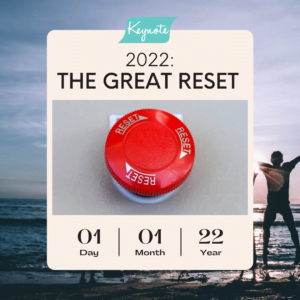
 Dr Jess Gallagher
Dr Jess Gallagher

